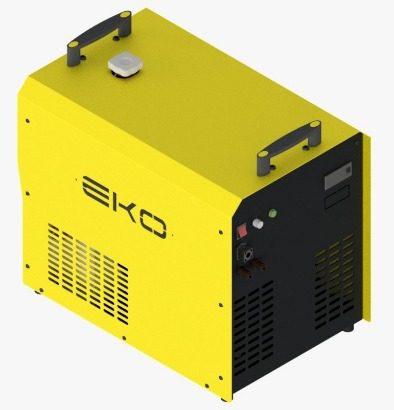Water cooling – chiller units are high-efficiency systems designed to meet the cooling and climate control needs of industrial and commercial sectors. These units cool water to a specific temperature to ensure optimal operation of machines, production lines, and indoor climate systems. Modern chiller systems offer energy-efficient, eco-friendly solutions while helping businesses reduce operational costs.
Water cooling – chiller units are especially vital in large-scale facilities to manage temperature control and prevent equipment from overheating. Whether air-cooled or water-cooled, these systems enhance efficiency in production processes while optimizing energy consumption with environmentally friendly refrigerants. With their high performance and low maintenance costs, they are widely used across industries such as manufacturing, healthcare, food processing, and data centers.

